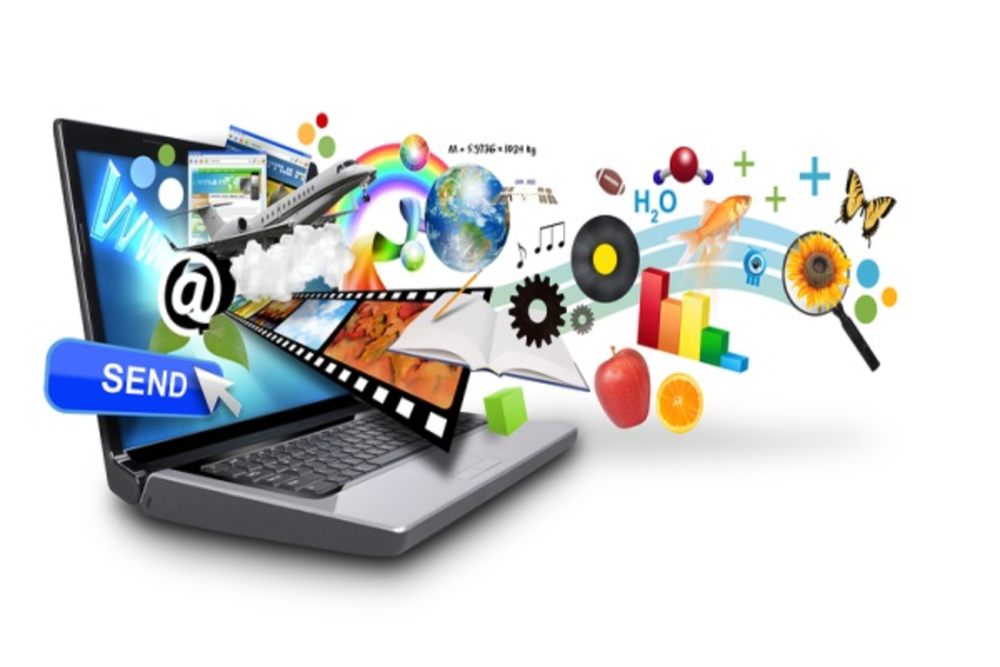Most marketers today understand the potential—and power—of email. In fact, EmailExpert.org reports that for every $1 spent on email marketing in 2014, the average return was about $44.25.
It’s important to note, however, that the most effective emails infuse personal insights about customers into messages and targeting. Yet some marketers today remain hesitant—or downright confused—about how to tap into Big Data to bolster their email campaigns.
“Most companies have access to this data, but few know how to use it to their best advantage,” says Victoria Godfrey, CMO for Avention, a company that provides and analyzes B2B data. Godfrey says marketers today need to take a closer look at the potential of Big Data to craft emails that feel more personal and drive action.
“Beyond a lack of understanding, some marketers are reluctant to embrace Big Data analytics simply because it’s such a major shift from expectations set even just a few years ago,” Godfrey says. “[But] any marketer—whether he’s creating an inbound campaign or an outbound one—can benefit from Big Data analytics.”
Godfrey insists that when marketers use the right marketing tools to break down Big Data, they can reach their ideal buyers with email, direct mail, phone calls, or perhaps through social. “Marketers should invest in technology that collects, analyzes, and prioritizes data for them,” she says.
Dan Roy, cofounder and CEO of email marketing platform MessageGears, agrees that Big Data remains a challenge for most companies. But Roy and MessageGears Director of Marketing Will Devlin insist that it’s possible to overcome that challenge.
“Just start by dipping your toe in the water with some basic personalization—perhaps something as simple as including someone’s name in an email subject line or in the beginning of your email. Maybe something based on location or some basic content changes,” Devlin explains. “You don’t have to use all of the data at once. Just dip your toe in and try. You can take the most basic steps to see just how effective it can be.”
Roy says that as marketers begin to use Big Data more often, they should always have an objective in mind. “The goal of an email should always be to reinforce your brand, and it should always have a call-to-action. You’re always striving to convert people on your call-to-action,” he explains.
“So, stemming from that, a call-to-action should factor in what people are actually interested in,” Roy continues. “To provide a relevant message and give people a call-to-action that they’re interested in—and will convert them—you need to know what truly motivates them and what interests them. Leverage the massive amount of data that companies are collecting for your email campaigns. It’s immensely important to providing compelling content.”
The benefits of Big Data, both Roy and Devlin say, include having a singular view of the customer across channels, from email to Web and mobile or social. “You simply can’t get that same view without Big Data,” Roy says.
So is Big Data the unquestionable future of email marketing?
“Absolutely,” says Avention’s Godfrey. “Marketers have to be smart about how they’re targeting prospects. When a well-targeted email message—informed by Big Data—lands in the right inbox at the right time the impact is huge.”








